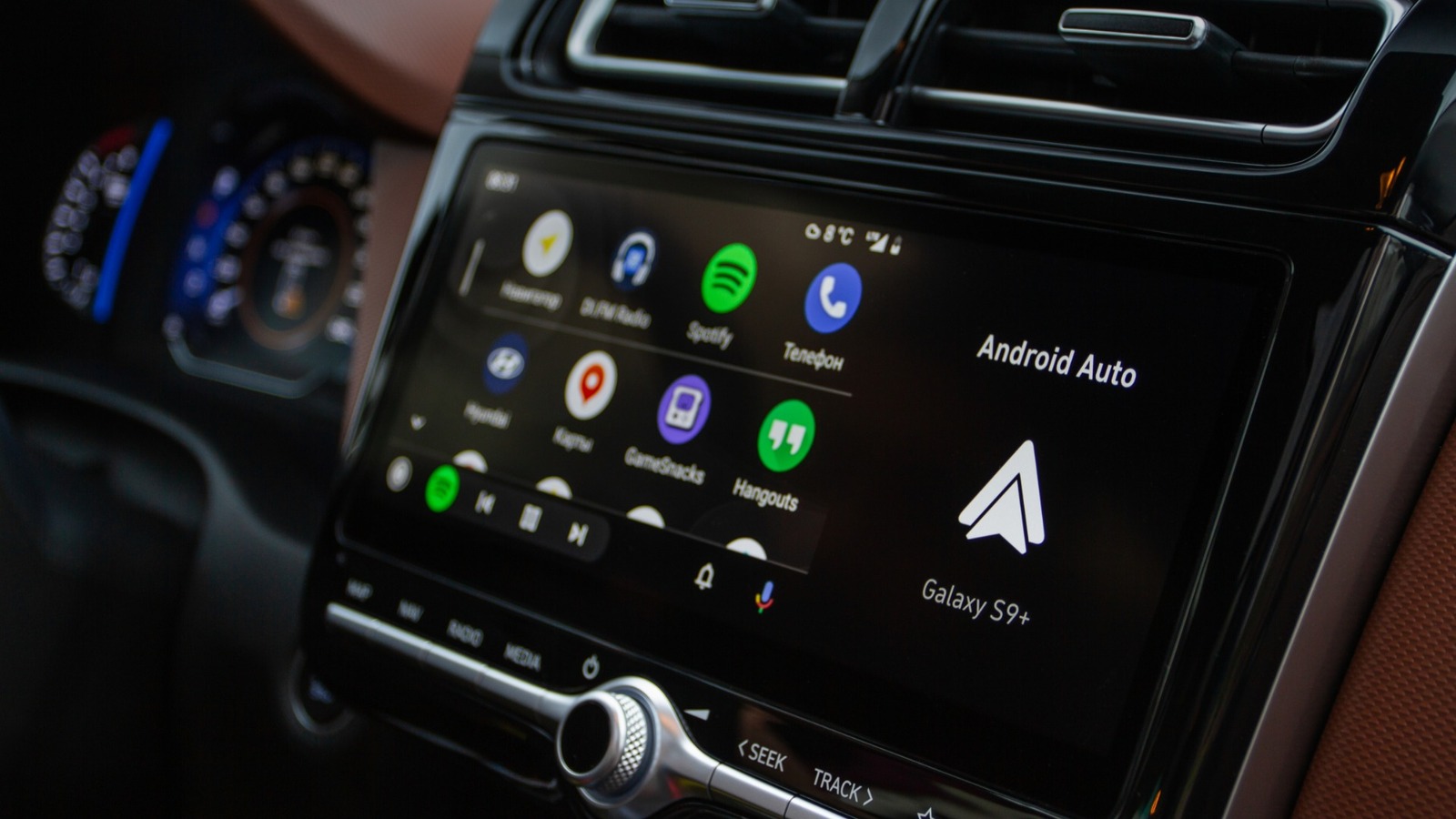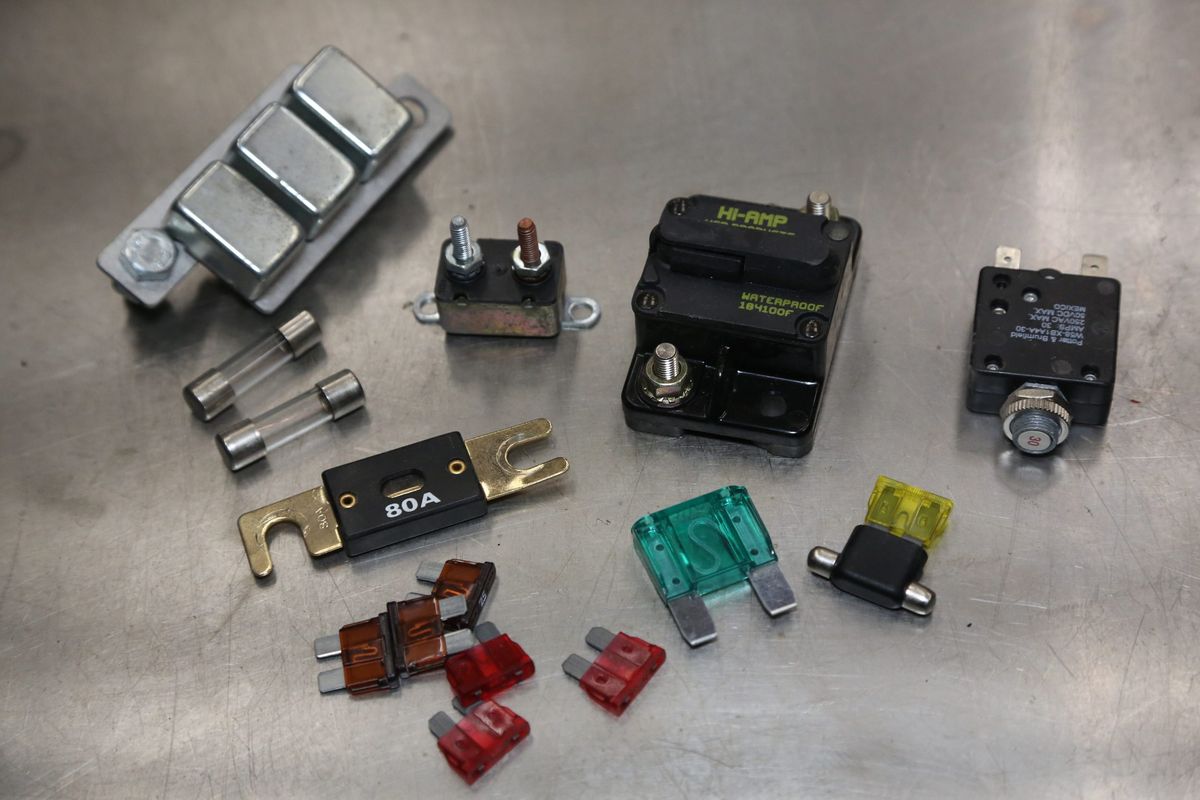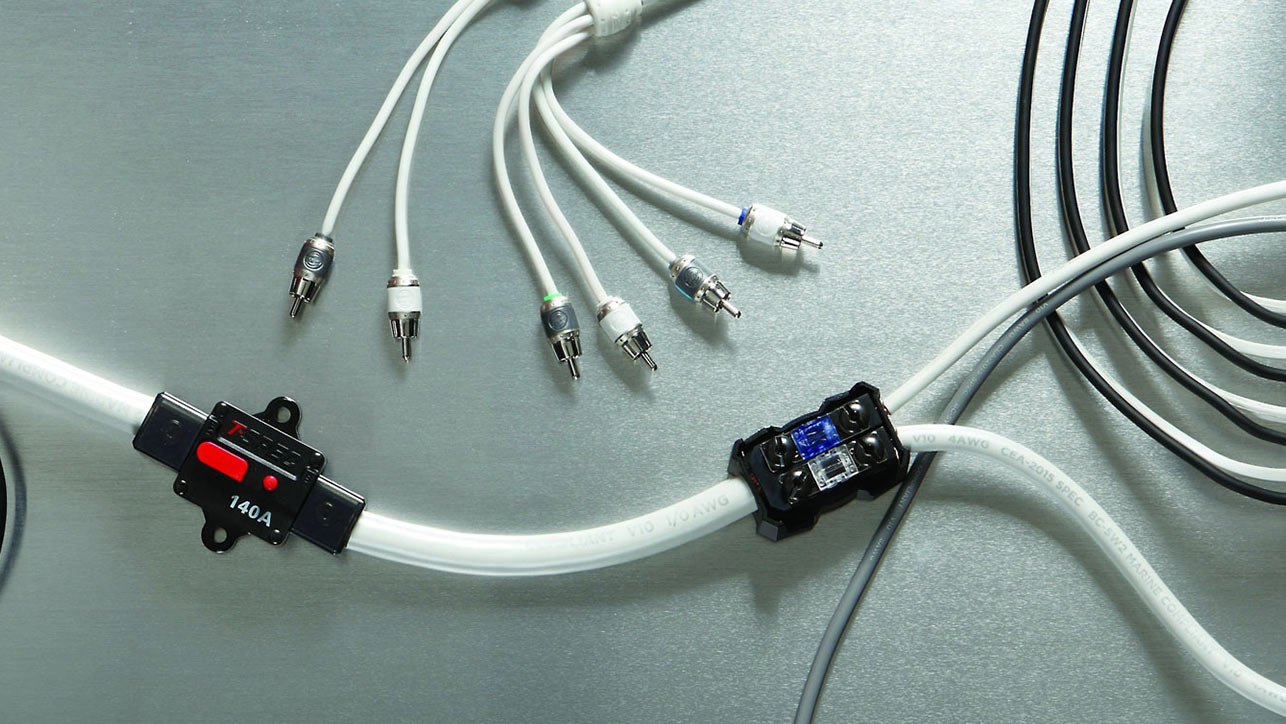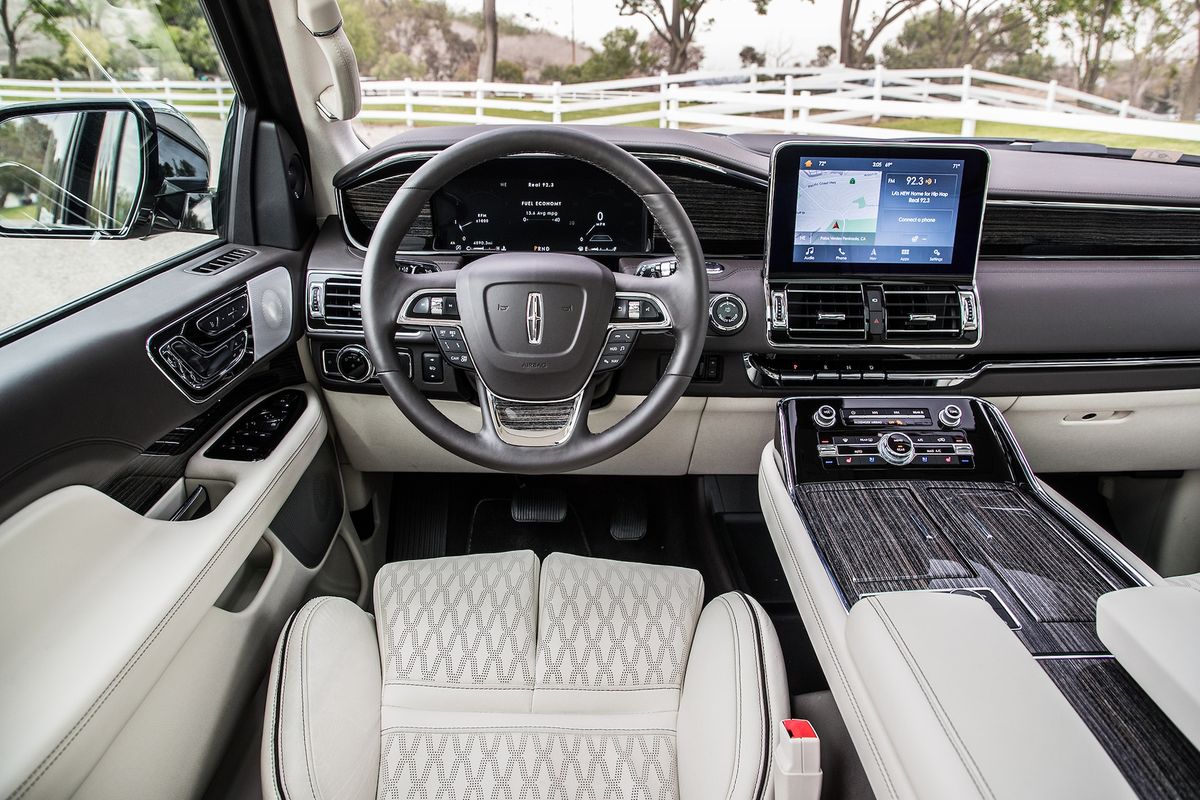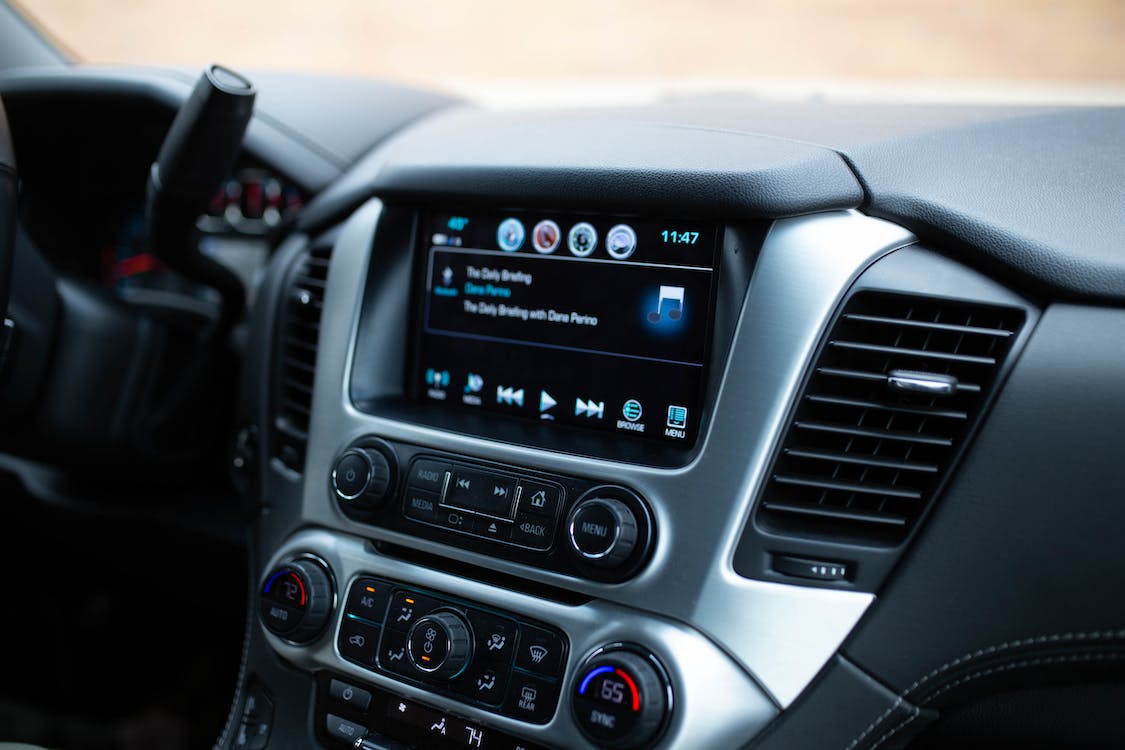Home>Production & Technology>Treble>What Is Treble In Car Stereo
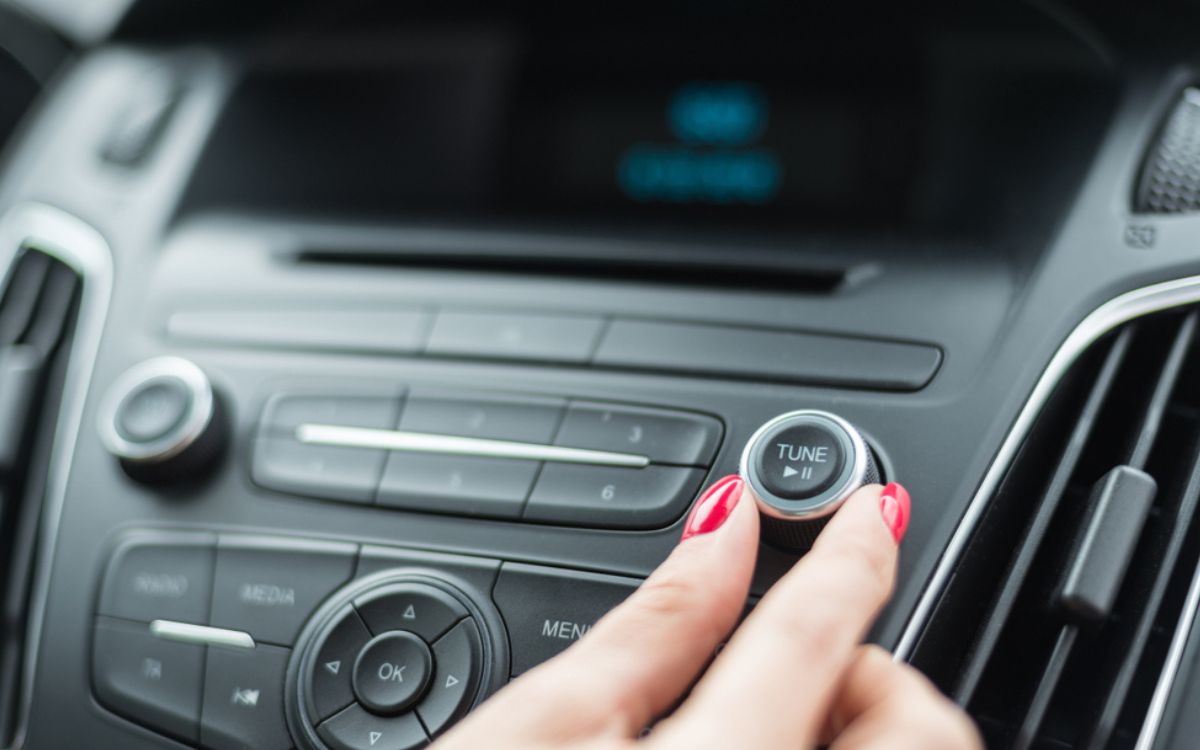

Treble
What Is Treble In Car Stereo
Modified: January 22, 2024
Learn about treble in car stereo systems, its impact on audio quality, and how to adjust treble settings for optimal sound performance. Understand the importance of treble in car audio and how it contributes to the overall listening experience.
(Many of the links in this article redirect to a specific reviewed product. Your purchase of these products through affiliate links helps to generate commission for AudioLover.com, at no extra cost. Learn more)
Table of Contents
Introduction
Welcome to the world of car audio, where the pursuit of sonic perfection meets the open road. In this article, we delve into the realm of treble in car stereo systems, exploring its significance, impact, and how it can elevate the auditory experience during your drives.
When it comes to car audio, treble plays a pivotal role in shaping the overall sound profile. It encompasses the higher frequencies, adding clarity, sparkle, and definition to the music. Understanding treble and its manipulation within a car stereo system can significantly enhance the audio quality, allowing you to tailor the sound to your preferences and the acoustics of your vehicle.
Whether you’re a casual listener who enjoys the occasional road trip soundtrack or an audiophile seeking concert-quality sound within the confines of your car, grasping the nuances of treble is essential for optimizing your audio experience. Join us as we embark on a journey through the intricacies of treble in car stereo systems, uncovering its role in creating a captivating auditory environment on the go.
Understanding Treble
Treble, often referred to as the high-frequency range, encompasses the upper register of audio frequencies. In the realm of car audio, treble is responsible for adding brilliance, airiness, and detail to the sound, making it an integral component of the overall sonic landscape. It brings out the shimmer of cymbals, the crispness of vocals, and the sparkle of high-pitched instruments, contributing to the clarity and definition of the music.
When visualizing the frequency spectrum, treble occupies the higher end, typically ranging from around 2,000 Hz to 20,000 Hz. This range is where the delicate nuances of the music reside, including the harmonics, overtones, and intricacies that give instruments and vocals their distinctive qualities. Understanding treble involves recognizing its impact on the tonal balance of the audio, as it can influence the perceived warmth, brightness, and overall character of the sound.
For car audio enthusiasts, comprehending treble goes beyond its technical definition. It involves appreciating how the manipulation of these higher frequencies can transform the listening experience within the confines of a vehicle. Whether it’s the exhilarating sizzle of a hi-hat in a drum solo or the crystalline clarity of a soprano’s voice in an opera, treble brings these sonic elements to the forefront, enriching the auditory journey for passengers and drivers alike.
Importance of Treble in Car Stereo
The significance of treble in a car stereo cannot be overstated. It serves as a crucial element in shaping the overall sound signature, contributing to the immersive and dynamic quality of the audio experience within the vehicle. Here are several key reasons why treble holds immense importance in car stereo systems:
- Clarity and Detail: Treble is instrumental in bringing out the finer details in music, such as the subtle nuances of instrumentation and the articulation of vocals. By enhancing the high-frequency components, treble ensures that every sonic element is rendered with precision and clarity, allowing listeners to discern individual instruments and vocal textures with remarkable definition.
- Soundstage and Imaging: The presence of well-defined treble contributes to a spacious and expansive soundstage within the car interior. It enables the localization of instruments and vocals, creating a sense of depth and dimensionality in the audio presentation. This enhances the overall imaging, allowing listeners to perceive the placement of musical elements with greater accuracy.
- Tonal Balance: Treble plays a pivotal role in achieving a balanced and engaging sound profile. When properly calibrated, it complements the midrange and bass frequencies, ensuring that the audio reproduction is cohesive and harmonious. The right amount of treble can infuse energy and vibrancy into the music without overshadowing the lower frequencies.
- Emotional Impact: High-frequency details, brought to the forefront by treble, can evoke emotional responses and intensify the connection to the music. Whether it’s the ethereal shimmer of a guitar solo or the crystalline timbre of a vocalist, treble enhances the emotive qualities of the music, elevating the listening experience to a more profound level.
By recognizing the pivotal role of treble in car stereo systems, enthusiasts and casual listeners alike can appreciate its transformative influence on the auditory landscape within the vehicle. The careful manipulation of treble allows for a personalized and captivating sonic journey, tailored to individual preferences and the acoustic characteristics of the car interior.
Adjusting Treble in Car Stereo
Customizing the treble settings in a car stereo system empowers listeners to fine-tune the high-frequency response according to their preferences and the sonic characteristics of their vehicle. Whether you’re aiming for a more pronounced sparkle in the music or seeking to temper the sharpness of certain high-frequency elements, understanding how to adjust treble effectively can significantly enhance the overall listening experience. Here’s a guide to adjusting treble in a car stereo:
- Equalizer Control: Most car stereos are equipped with built-in equalizers that allow users to adjust the treble along with other frequency bands. By accessing the equalizer settings, listeners can increase or decrease the treble level to achieve the desired tonal balance. It’s important to make subtle adjustments and listen attentively to the changes in sound to avoid overemphasizing or attenuating the high frequencies excessively.
- Speaker Placement and Orientation: The placement and orientation of car speakers can influence the dispersion and perception of treble. Tweeter placement, in particular, significantly impacts the delivery of high frequencies. Adjusting the positioning of speakers or investing in component systems with adjustable tweeter angles can help optimize treble dispersion and imaging within the car interior.
- Acoustic Considerations: The acoustic properties of the car interior, such as reflective surfaces, upholstery materials, and cabin dimensions, can affect treble reproduction. Experimenting with treble settings to compensate for any inherent acoustical challenges can yield improved clarity and definition. Additionally, acoustic treatments, such as strategically placed sound-absorbing materials, can mitigate treble reflections and standing waves, enhancing the overall sonic experience.
- Listening Environment: Factors such as road noise, driving speed, and ambient sounds can impact the perception of treble. Adjusting the treble settings based on the prevailing listening environment can optimize the sound for different driving conditions, ensuring that the high frequencies remain articulate and engaging regardless of external variables.
By mastering the art of adjusting treble in a car stereo, enthusiasts can unlock the full potential of their audio systems, tailoring the high-frequency response to suit their musical preferences and the unique sonic characteristics of their vehicles. This level of customization fosters a more immersive and personalized listening experience, elevating the enjoyment of music on the road.
Conclusion
As we conclude our exploration of treble in car stereo systems, it becomes evident that treble is far more than just a segment of the frequency spectrum—it is a vital component that shapes the very essence of the auditory experience within a vehicle. From its role in enhancing clarity and detail to its impact on soundstage and emotional resonance, treble plays a multifaceted role in crafting a captivating sonic environment on the go.
Understanding the nuances of treble empowers car audio enthusiasts to optimize their listening experiences, allowing them to tailor the high-frequency response to their preferences and the acoustic characteristics of their vehicles. By delving into the intricacies of treble and its manipulation, individuals can unlock the full sonic potential of their car stereo systems, transcending the mundane and embracing a more immersive and personalized auditory journey.
As technology continues to advance and car audio systems evolve, the appreciation for treble as a fundamental element of the sonic tapestry grows. It serves as a conduit for the expression of musical intricacies, breathing life into every note and infusing the driving experience with the magic of sound. Whether it’s the ethereal shimmer of a cymbal, the crystalline timbre of a vocalist, or the electrifying resonance of high-pitched instruments, treble enriches the sonic landscape, inviting listeners to embark on a symphonic voyage from behind the wheel.
So, the next time you embark on a journey, take a moment to appreciate the role of treble in shaping your auditory world within the confines of your car. It is not merely a segment of the frequency spectrum; it is the gateway to a realm of sonic enchantment, waiting to be explored and embraced with every musical note that graces your ears.

